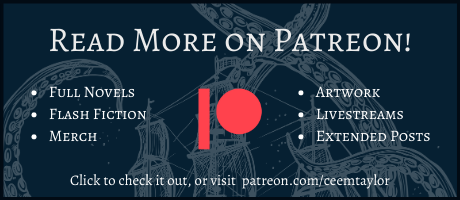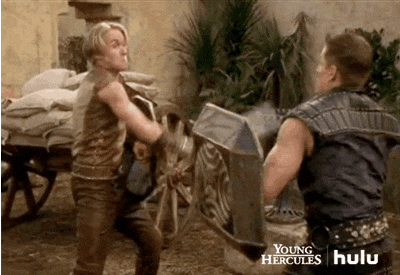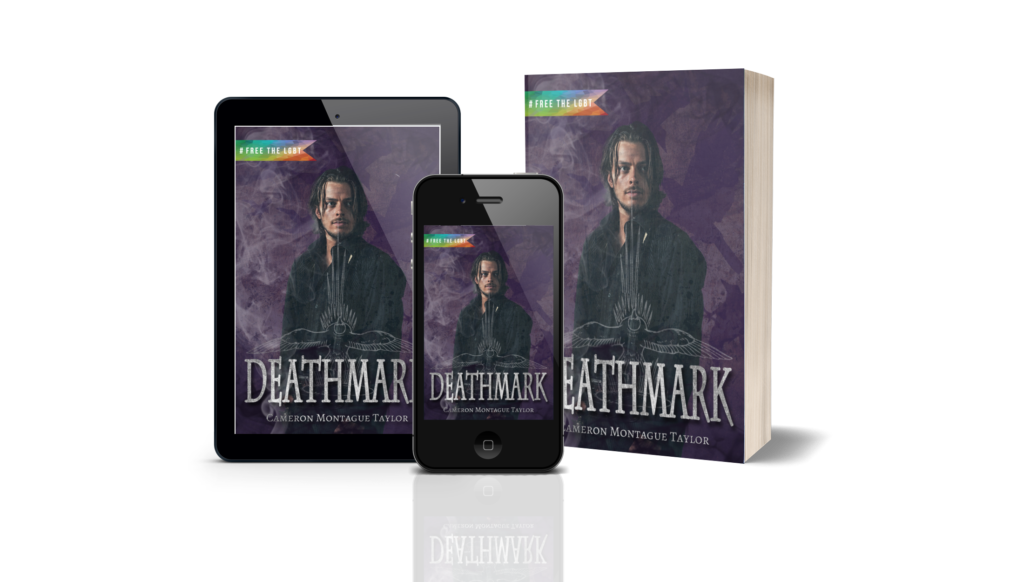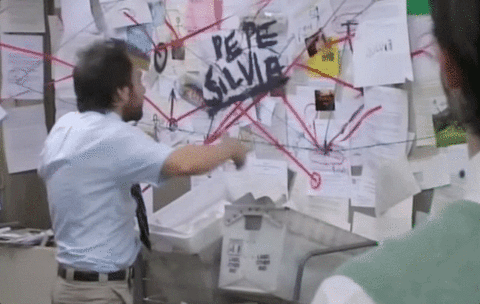
Welcome to Morning Pages — it’s time for a monthly roundup. I hope you have your pencils sharpened and ready to write. Want to join in on the fun? Pick a prompt, set your timer* and get ready to let the words flow. Feel free to post the results of your work in the comments below where we chat about writing and (if the mood strikes us) get a craft discussion going.
If you want critique from other commenters, use #YESTHANKS in your comment. Otherwise, you can tell us about your flash fic and the process you went through to write it. And of course, I’m always open to hear what you think about my excerpts! You can follow the links below to find them on Patreon (but please bear in mind: I post MPs as-is without any polishing).
*you can write for as long as you want, but most folks choose 15-30 minutes.

What I learned this month: Things take time!
It’s a truism, I know. Recently, though, I’ve found it particularly difficult to cope with fiction’s timelines. It takes months to write a book, months to edit one, years to build a business and a brand. Whenever I branch into a new area, I start from square one, and while this is a fundamental part of the learning experience, I tend to place unreasonable expectations on myself for how well and how quickly I ought to get the hang of things.
The crazy part about writing is: no matter how many books we write, some elements of writing fiction will always feel difficult. This difficulty is what draws me to fiction, I think; it’s miserable and magical to wrestle with words on a page and hope they capture a fraction of what’s inside my head. The constant struggle to progress as a writer can be overwhelming or disheartening at times, and so this month, I’ve tried to truly embrace two-steps-forward, one-step back as a good thing.
(But it’s hard not to rake myself over the coals for taking those backwards steps.)
If I’ve learned anything this month, it’s that a perceived step backward in one area of my writing often precedes a big leap forward — almost as if my writing is a rubber band that needs time to wind up as I spin my wheels trying to figure out this one specific thing. Sometimes it’s an element of craft. Sometimes it’s an aspect of marketing, packaging, or design. Sometimes it’s about processes or editing.
The times when I feel like I’m backsliding are often the times when I learn the most important lessons.
To be more specific: I’ve really, really struggled to get work done in March (any work of any kind). Though I’m leaving March dissatisfied with my output and feeling like I’ve backslid in many ways, I’ve also emerged with loads of new tools for time management and guiding my creative process. Now, I get to bring those tools into April.
Here’s hoping this next month is the step forward I’ve been waiting for.

The Prompts:
“A character struggles to carry out a difficult or unsavory task.”
Imran on Bow Watch: It’s hard to stay awake for a midnight watch.
“Firefighters are the only ones who know the real truth about house fires. They are started by evil fire elementals. In order to put out the fire, the elementals responsible must be killed. The firefighters are sworn to secrecy, the public can never know.”
Cyprian Cavish from Deathmark has a younger brother named Griffin. Griff works as a firefighter in Ilia’s Central district.
“They dug deep into the underwater caves, not realizing what they’d woken up.”
It took a long time for Dareus’ faith in the church to die. This was one straw of many.
“Character A helps Character B get past their heartache.”
Marshall isn’t quite sure how he and Max Battista became best friends after a career of refusing to speak to one another…

Get Involved!
Answer the prompts or dive straight in and respond to others’ comments — let’s share our knowledge, our experience, and have a discussion we can all learn from! Don’t want to miss a post? Subscribe to the blog in the sidebar to get notified about new posts.
Today’s questions:
- How do you manage your time as a writer or creative?
- What systems / processes do you use to keep yourself on track?
Looking for more writing? Become a Patron!
In addition to flash fiction, my Patreon hosts full-length novels, artwork, behind-the-scenes worldbuilding, and more. Click below to check out the tiers I offer and support the blog!








